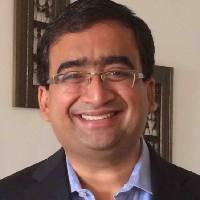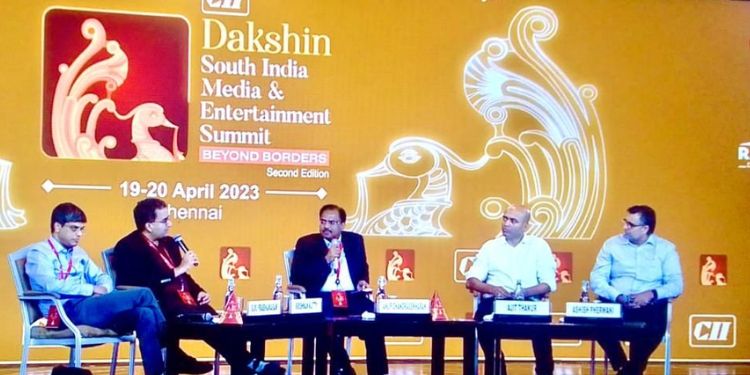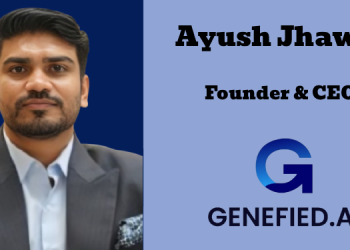The market size of OTT in India is Rs.10,500 crores, inclusive of subscription and advertising revenue. It is expected to grow at 20 percent annually and reach Rs. 30,000 crores by 2030. The fast-growing segment was understandably in focus at the CII Dakshin 2023 – South India Media and Entertainment Summit in Chennai on 20th April.
A panel moderated by Anup Chandrasekharan, member, CII Dakshin Steering Committee and COO, IN 10 Media, discussed ‘The Big Opportunity in OTT: For Films & Originals’.

Talking about the size of the OTT industry and where it is headed, Ashish Pherwani, Leader – Media & Entertainment, EY India, said, “The whole Indian entertainment media industry is of 2 lakh crores. Out of that digital advertising is Rs. 50,000 crores and digital subscription is about 7,000 crores, including syndication and licensing. About 10,000 to 10,500 crores is the total income of OTT platforms in India out of the total of 2 lakh crores. It is at 5 percent of the market today.”
Unlike Hindi, which sees regular originals in the OTT space, there seems to be an inconsistency in the number of web series churned out in the South, contended the moderator.

Responding, Krishnan Kutty, EVP and Business Head, Star / Disney India for Tamil, Malayalam and Marathi, explained, ”Hindi started the process of creating web series maybe five or six years ago. But we started the process three years ago. What we have learnt is the cycle to create a good series is 18 to 24 months. Honestly, it is far longer than we expected. We got into it expecting that it will be a 9 to 12-month process.”

Ajit Thakur, Co-Founder, Arha Media & Broadcasting (Aha), underlined the importance of content for OTT. He said, “Unlike a production ecosystem, when you are running a platform, you have to deliver a certain content and unlike TV, in OTT we are riding a tiger. The TV channel stays under the platform. In OTT, if you don’t give them the content for the next four weeks, they will not only not come to your app, they will uninstall and delete your app. So you have to give them content regularly and as much.”

Siju Prabhakaran, Chief Cluster Officer, Zee Entertainment, pointed to the different nature of the beast and customised content needs.
He said, “Writing is something we are all struggling with. There is a film writing model that we have which is 100 years old. We are trying to create something new. Definitely at some stage, institutes should tell how you write for a series, an original.”
Prabhakaran noted that while one has the full attention of people who come into a cinema, in OTT the biggest challenge is that they can leave the show at any point of time.
“It could be five minutes or it could be 50 mins. That’s very punishing for the platforms because the rejection rates are very high. So how do you inculcate this whole writing process for young creators who are open to learning and willing to collaborate with platforms? I think that’s the space where major attention should be paid. Otherwise we have the best technicians in our industry, we have all the best facilities in the south, but I think the writing part is something all of us struggle with whether it is TV, OTT. If we can get some sort of organised space there, it will be good,” he surmised.

















